Population growth minister Sarah Stoodley has more than a few clues already.
We know because when given a choice between John Hogan and John Abbott to replace Andrew Furey, she’s picked Abbott. And Stoodley said so publicly. In a political climate that prizes conformity and mediocrity above having guts or brains, Stoodley is not only smarter than the average political bear in the Newfoundland and Labrador woods, she’s got the strength to go with it.
Sadly her take on the latest population numbers for the province - it’s all Ottawa’s fault - is just so lazy as well as stupid that someone else fed her the lines. That’s obvious. Here’s the Ceeb story to show you the background details. Plus, with Perry Triumper’s news he’s quitting politics, things are just that much dimmer, so here are the clues Stoodley needs to rage against the dying of the last few lights in provincial politics.
Have more than a few clues. Become a paying subscriber.
Straight from Statistics Canada: the provincial population fell by 301 people in 2024 after a couple of years of steady growth. One good planeload. No biggie. The drop hit across Atlantic Canada. Newfoundland and Labrador was the worst of the four. The causes are familiar:
“decreases in the number of non-permanent residents”,
“a negative natural increase,” in other words more deaths than births,
“fewer new immigrants,” temporary or permanent, which would a tiny number of folks the official talking points for Stoodley fixate on, plus this is immigrants both from inside and outside Canada, and
“losses (Newfoundland and Labrador…) … from interprovincial migration,” which is a perennial favourite in Newfoundland and Labrador. It means locals are packing up for jobs somewhere else.
To understand what is going on here, get away from the quarterly changes and in particular get away from charts that exaggerate the impact of the small changes. Look at the longer term. Look at the chart at the top of today’s column. Shows you 20 years of population data for Newfoundland and Labrador. Also shows you the numbers with that left hand, vertical axis starting at zero.
It’s basically a flat line.
Over the past 20 years the population has increased by fewer than 27,000 people or a total of less than five percent of the 2004 population. Roughly 1350 people a year on average and that is two tenths of one percent of the 2004 population.
If you take out the growth since the end of 2021, there are about 9650 more people in Newfoundland and Labrador in total since the start of 2004. That’s less than 570 people a year on average. You can see the reason for this shorter time frame a bit more plainly in the second chart. The red arrow points to the sudden and dramatic uptick in 2022. That's all federal policy but it masks a bigger issue.
All of this is about the economy.
People stay for jobs.
They come here for jobs.
If they come here and stay, they have babies.
If the economy is booming, like it has in Alberta and Saskatchewan for the past couple of decades, then you get more people in a single year than Newfoundland and Labrador got at the end of the past two decades. In 2011/2012, Saskatchewan saw a population growth of 22,000 people in a single year.
Not. rocket. science.
If the population here is growing so incredibly slowly as it has been, then it means there’s something fundamentally wrong in the economy. It would be worse if the population were shrinking but anemic growth is as much of a problem as negative growth, which is basically what we have. That’s because the core population is rapidly disappearing. About 20 years ago, births and deaths were about balanced but these days, there are about twice as many deaths as births. Roughly 3200 new babies each year to 6600 new corpses annually.
There’s been the usual inflow and outflow of people to and from other parts of Canada, too. The growth has been in immigrants from outside Canada but here are two things to remember about that:
the huge growth has been since 2022, and
most of those are non-permanent residents.
That’s temporary foreign workers, students, and refugees. That’s the seemingly giant jump to the right of the big red arrow in the picture above. According to Statistics Canada, that’s 5353 migrants in 2023-24, 75% of which (n=3972) were non-permanent immigrants. Those temporary residents have allowed the provincial Liberals to pretend everything is great when it really isn’t. And it’s also let them avoid dealing with long-standing local problems like chronic overspending by government and regressive economic policies from the dark days of Danny.
What's worse, while the provincial governments across Canada were working with the federal government to deal with the changes coming internationally, dead duck Premier Andrew Furey was on a personal junket to Asia wasting public money to not spend time with his family. There was no sign of anyone from this province at the weekend meeting in Ottawa on trade. The provincial government here is fundamentally offside with every other provincial government in Canada, too. While the rest are already taking steps to lower barriers to the movement of goods and labour between province, Furey and his provincial Liberal friends don’t want to lower internal trade barriers, especially on alcohol, even though the government would make *more* money and create hundreds if not thousands of new jobs if it did so.
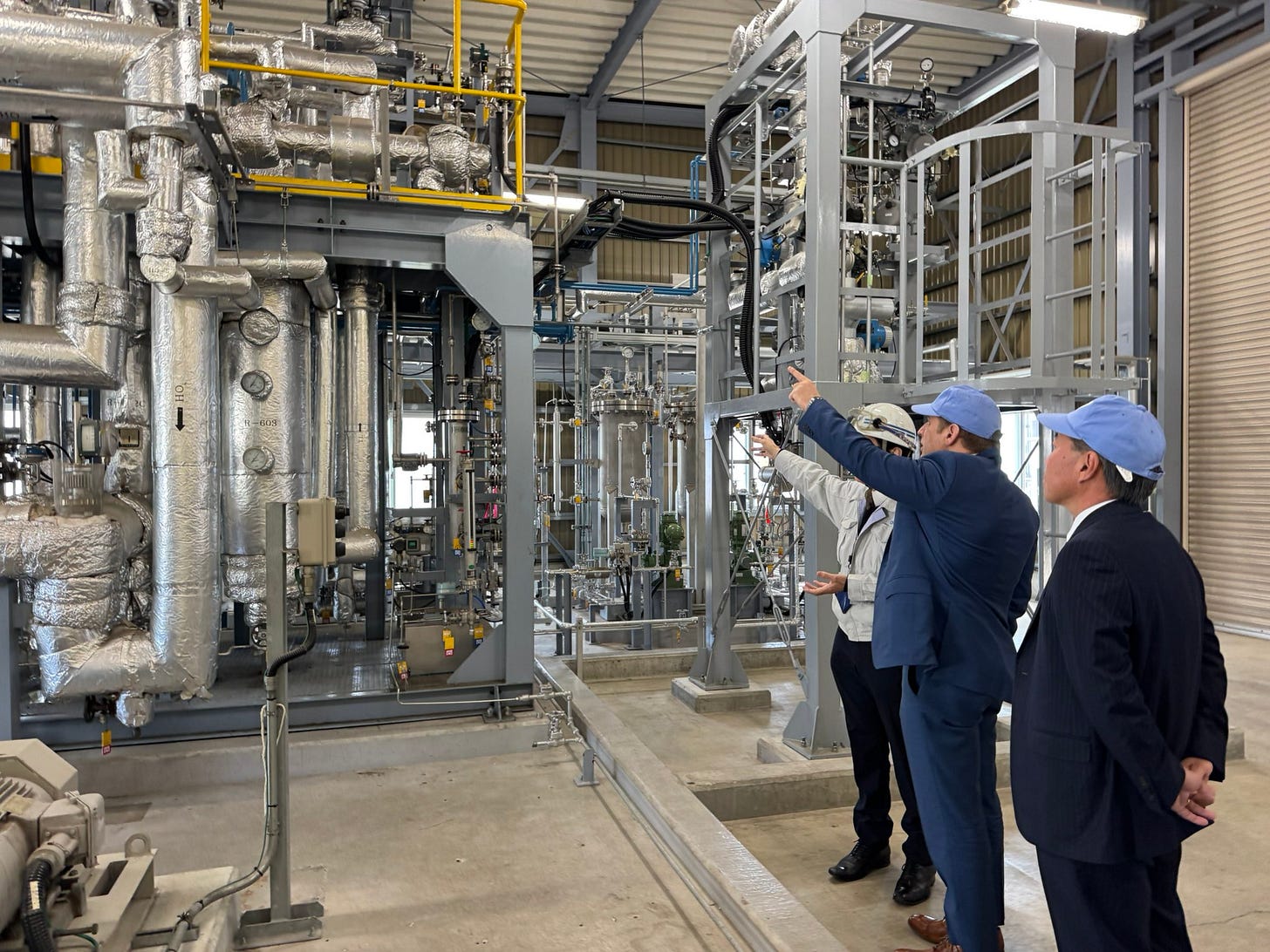
Want more people?
Change the government’s economic policies.
Want to raise more money from government?
Change the government’s economic policies.
Well, that and stop pork-barreling your buddies and flying all over creation but mostly do something serious to encourage economic growth.
We’ve collectively known those right answers for years and yet we keep seeing exactly the same kinds of politicians and exactly the same politicians and the same ideas recycled over and over again without any better result.
That’s the definition of something.

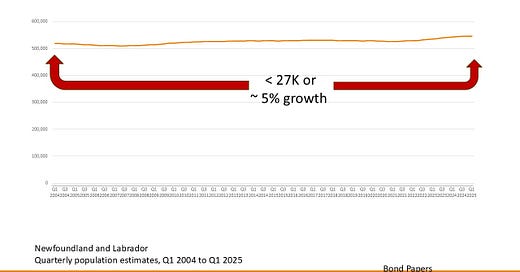



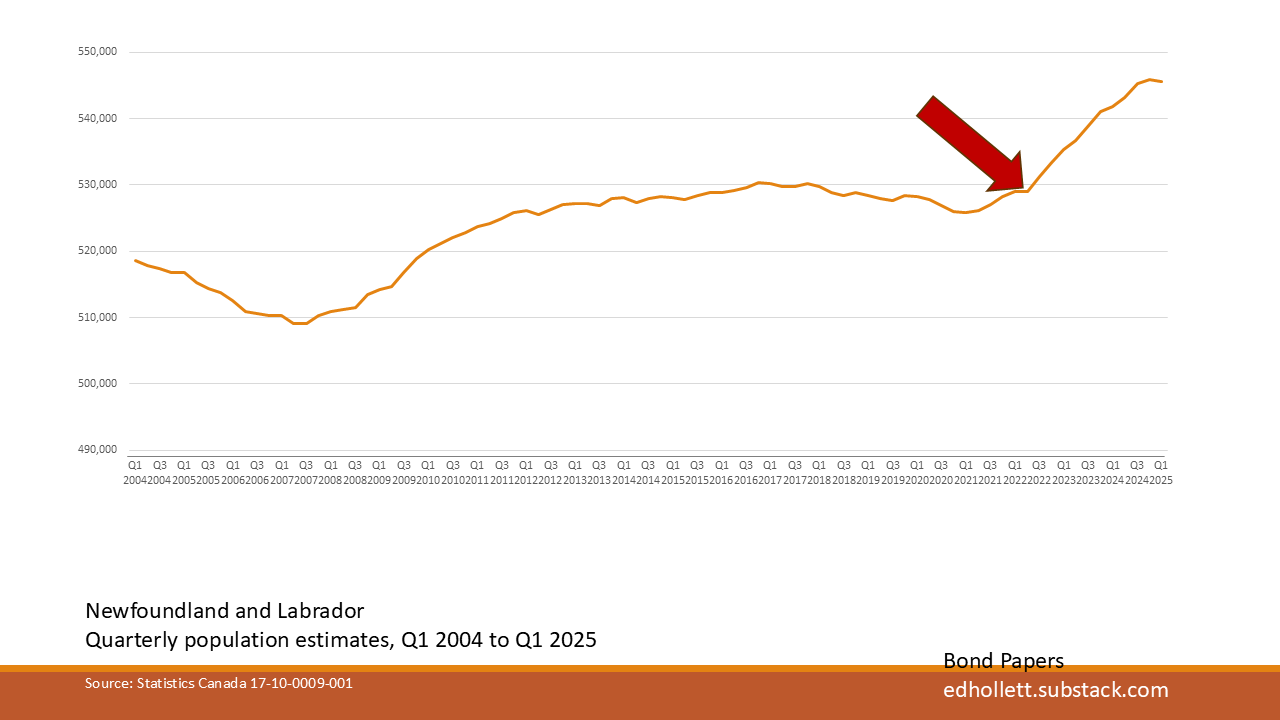
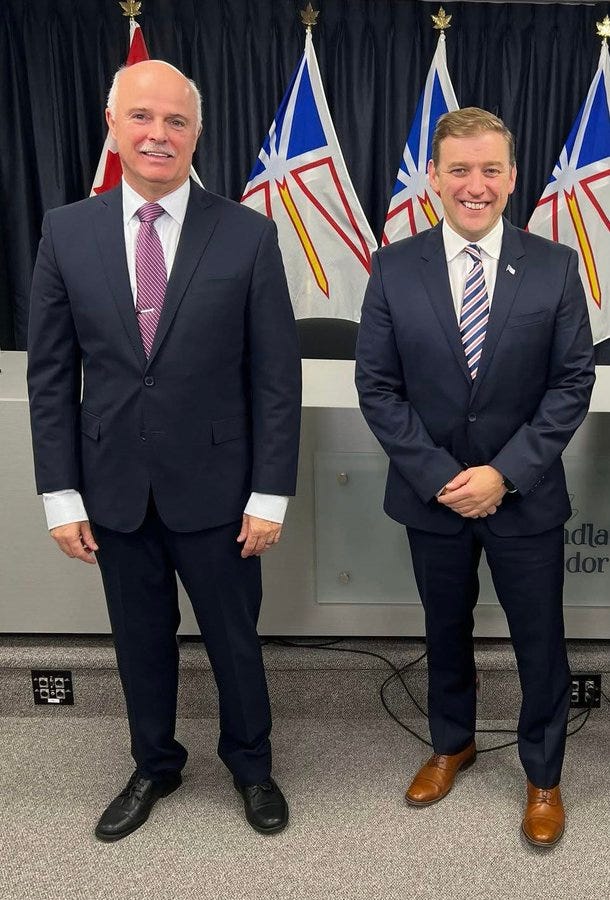
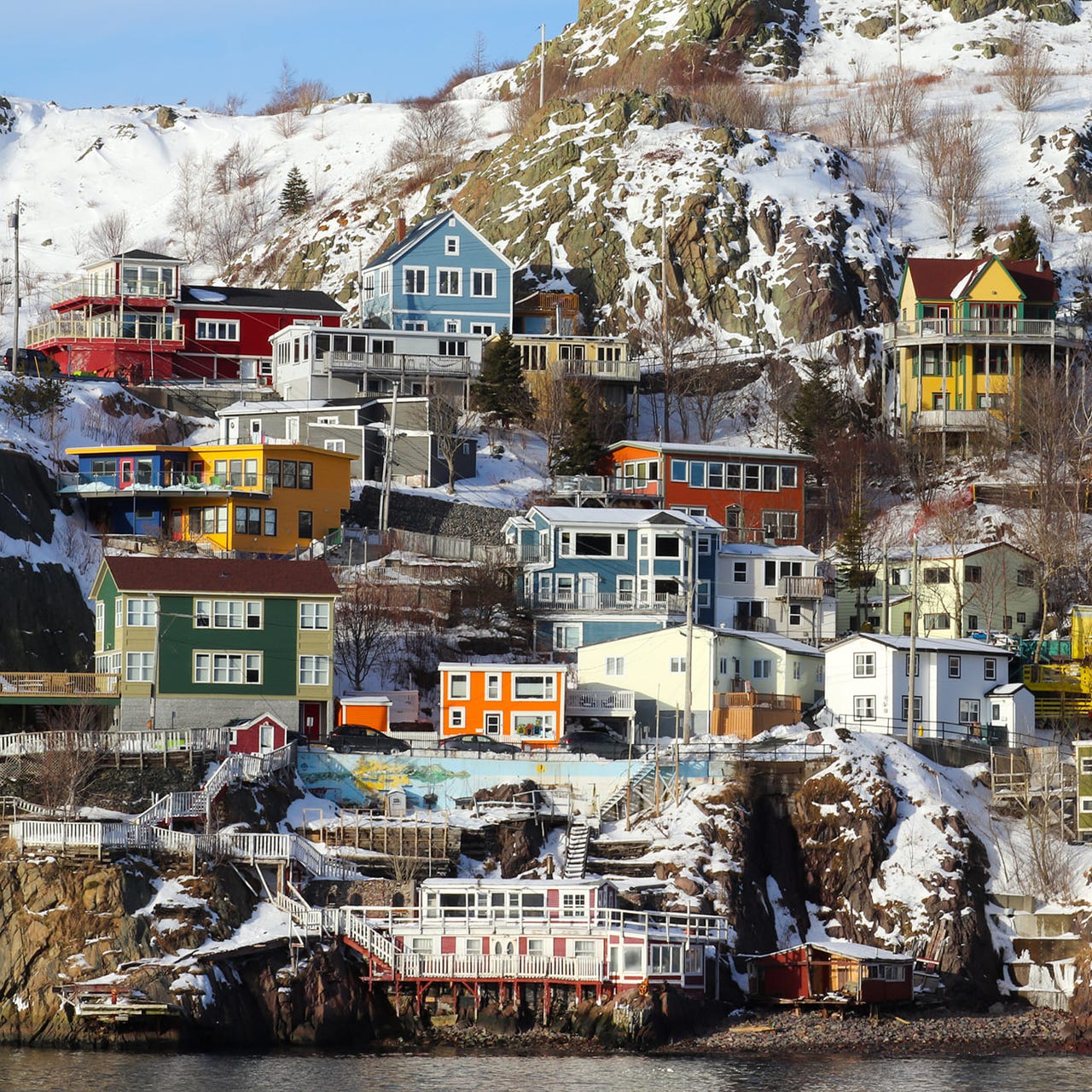
The Economy is here is the biggest issue. And government involvement by decree is a major major problem. Better economy = better lives for everyone.
To solve, we could begin by removing all internal trade barriers. And try to remove as many as we can with the US, so that there is more free trade and free labour movement, like the EU.
Example. You can catch 100 Lobster in Maine this week. A customer who owns a restaurant in Iowa can buy it from you, in advance. The fisher ships the lobsters to them overnight. No middle men. No government policy getting in the way. Imagine how much more opportunity for that lobster fisher. In our set up, everyone has to do everything exactly the same, by direction of govt fiat. You can say what you like negatively about the US, but "freedom" applied to the economy has a major positive outcome for them.This is 2025. Innovation and brains are the name of the game in economics this day and age. Not raw material or natural resources.